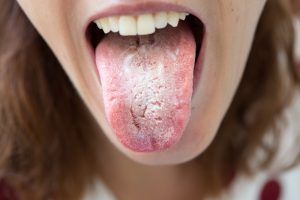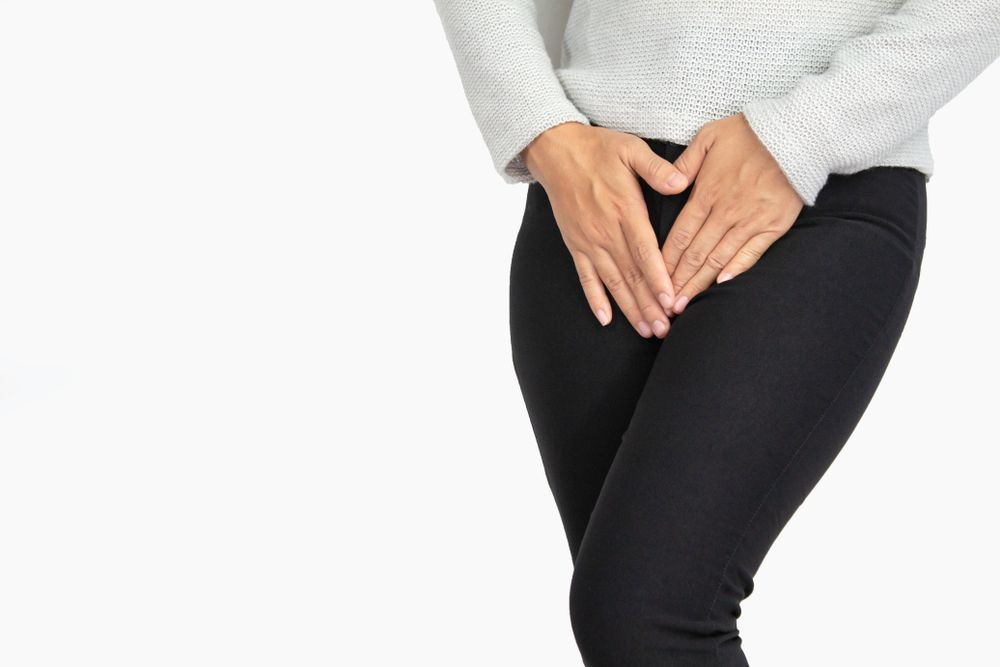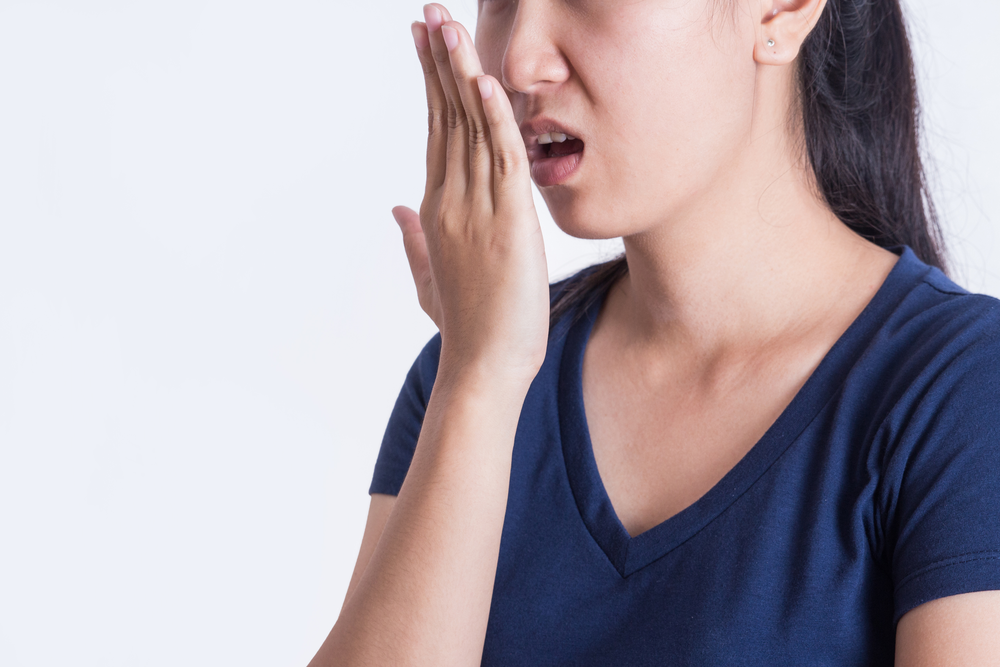Yeast infections can be uncomfortable and embarrassing, but they affect up to 75 percent of women at least once in life. (Learn More) The infection is caused by overproduction of the candida fungus. (Learn More)
Though most commonly associated with women, men can get yeast infections too. (Learn More) Yeast infections can occur on the vagina, penile area, tongue, throat, or mouth.
The most common symptoms of a yeast infection are pain, fever, itchiness, swelling, and whitish patches.
Once you have figured out the problem, yeast infections are easy to treat with medication and some topical treatments. (Learn More) Many at-home remedies can also soothe the discomfort of a yeast infection. (Learn More)
What Causes Yeast Infections?
The vagina is a self-cleaning organ and contains substantial beneficial bacteria. Yeast is a part of that ecosystem. A yeast infection is the result of overproduction of this normally healthy yeast.
Candida is the name of the yeast that is the culprit for these infections, and that is why the proper medical term for a yeast infection is candidiasis. In essence, a yeast infection means something is not right with the vagina’s regular environment.
Some factors make it more likely that a yeast infection will occur. These include:
- A compromised immune system.
- Pregnancy.
- Taking antibiotics.
- Your menstrual cycle or other hormonal changes.
- A reaction to recent sexual intercourse.
Symptoms of a Yeast Infection
The discomfort of yeast infections can be similar to that of sexually transmitted infections (STIs). It is true that sexual contact can spread yeast infections, but you can get a yeast infection even if you abstain from sex.
Though we mostly associate yeast infections with the vagina, men can get a yeast infection on the scrotum or penis. Yeast infections affecting the mouth, tongue, or throat are called thrush.
The Cleveland Clinic says that symptoms of thrush include:
- Sores on the tongue, inside the cheeks, or on the gums that look like cottage cheese.
- Pain or blood when brushing your teeth or scraping them.
- Fever.
- Feeling like you have something stuck in your throat.
According to Healthline, symptoms of vaginal yeast infections are:
- Pain during intercourse.
- Inflammation or swelling on or near the vagina.
- Itchiness, soreness, and/or redness.
- Discharge that is clumpy or whitish, resembling cottage cheese. Discharge may be clearer for some people.
Per Healthline, common symptoms of penile yeast infection are:
- A burning or itchy feeling in the genital area.
- Patches that look white, located on or under the foreskin or other areas.
- Moist skin on the penis or under certain grooves of skin.
When to See a Doctor
Thrush, the form of yeast infection that affects the mouth, is common in babies, children, the elderly, or people with weakened immune systems. A doctor can provide treatment that normally takes 10 to 14 days to be effective.
Vaginal yeast infections can mimic the symptoms of certain STIs (sexually transmitted infections). A visit to the gynecologist can rule this out as a possibility and provide proper treatment.
While an occasional yeast infection is not generally a cause for concern, you should see a doctor if you get yeast infections frequently.
If you have a penile yeast infection, visit your doctor or a urologist to confirm that you do not have an STI. Like women, yeast infections in men can mimic STIs.
Treatments for a Yeast Infection
Once a doctor, a gynecologist (for women) or a urologist (for men), confirms a yeast infection, they will proceed to treat it. A dentist can assist with a thrush diagnosis and treatment method.
The medication or treatment method used depends on the location, severity, and frequency of your yeast infections.
- Oral antifungal medications are usually prescribed for patients who have thrush. The Cleveland Clinic says that this may be in the form of a mouthwash, lozenge, or tablet. These normally take 10 to 14 days to work.
- Vaginal yeast infections receive specialized treatment depending on severity or recurrence.
- Mild or infrequent yeast infections: Your doctor might start out with topical ointments, gels, or creams. Suppositories may also work.
Topical treatments often take 72 hours to one week to work. Some treatments are over the counter, while others are prescription only. Monistat 3 is an example of an over-the-counter treatment you can use.
The following are potential side effects of antifungal treatment like Monistat:- Itching
- Burning
- Cramping in the stomach area
- Severe or recurring vaginal yeast infections: These may require oral medication. The most commonly used oral antifungal for this purpose is fluconazole (Diflucan). Available as a tablet or liquid (suspension), the medication may be taken in one large dose or as two doses.
Side effects are headache, dizziness, diarrhea, heartburn, and changes in how things taste. - Serious and recurring cases: Long-term therapy is used in more serious cases. This means you will take an antifungal for up to 14 days. You will then take it once weekly for the next six months.
- Treatment-resistant yeast infections: A boric acid capsule is used as a last resort. It is inserted into the vagina to get rid of excess bacteria that is causing the yeast infection. Boric acid is lethal if taken orally.
- Penile infections: These can usually be treated with over-the-counter topical antifungal ointments. Some examples are Lotrimin or Desenex (miconazole). As with women, oral medication and long-term therapy are options for recurring infections.
Along with treatment, there are some things you can do to improve your health if you have a yeast infection. U.S. News & World Report suggests these tips:
- Change clothes after swimming or exercising. Yeast infections thrive in moist environments.
- Stay healthy. Health issues like diabetes make it easier to get a yeast infection.
- Use unscented menstrual products.
- Avoid sprays in the genital area.
Healthline reports that some patients have used home remedies, such as eating plain Greek yogurt or applying coconut oil. Everyone is different, and it is best to avoid self-diagnosis. Talk to your doctor about adding these to your treatment regimen.
Both women and men can benefit from wearing cotton underwear, using condoms during treatment, and practicing good hygiene.
Frequently Asked Questions
What exactly is a yeast infection?
Known medically as candidiasis, a yeast infection is the result of excess candida bacteria. This bacteria usually poses no problems as long as it is available in the body in the right amounts.
Along with affecting the vagina and penile area, candidiasis can appear in the mouth, throat, tongue, cheek, or gums. When this happens, it is called thrush.
What causes a yeast infection?
Along with an excess of the candida bacteria, certain hormonal changes that accompany pregnancy can cause yeast infections. People with diabetes or a weakened immune system are likely to develop a yeast infection as well.
Taking antibiotics can change the chemical balance of your body because they kill good and bad bacteria. Birth control pills may also cause changes in hormones released into your body, which can make yeast infections more likely.
A moist environment, the use of scented sprays, douching, and lack of good hygiene can increase your risk of a yeast infection. Though yeast infections are not technically STIs, you can spread them to your partner.
Can men get yeast infections?
Yes, though rare, men can get yeast infections affecting their scrotum or penis.
What medications are used to treat a yeast infection?
Ointments, gels, and topical treatments are available both over the counter and via prescription. You may have heard of brands such as Monistat, Desenex, or Lotrimin. Topical treatments can usually take care of the infection in a week or less.
Oral antifungal medications are usually saved for more severe or frequent yeast infections. They are prescription only and generally need to be taken for one or two weeks.
Long-term care may be necessary for patients with frequent yeast infections. This may involve taking an oral medication for up to six months.
For women, boric acid may be inserted into the vagina if the infection does not clear up after using other available treatments.
Can I treat a yeast infection at home?
Yes, but you should follow the directions on the package you buy. Do not use over-the-counter products for longer than one week. Visit your doctor if you still have symptoms after a week.
Once you start treating your infection as your doctor instructs, you still need to practice good hygiene, try to use cotton undergarments, and maintain an overall healthy lifestyle.
Some people use alternative or home treatment methods, but more scientific data is needed. Home remedies that show promise are eating yogurt and using coconut oil as an ointment.
References
Yeast Infection (vaginal). (July 2019). Mayo Clinic.
What Is a Yeast Infection? Planned Parenthood.
Vaginal Yeast Infection. (May 2018). Healthline.
Home Remedies for Yeast Infections. (December 2018). Healthline.
What to Do About Yeast Infections. (January 2019). U.S. News & World Report.
Penile Yeast Infection: Symptoms, Treatment, and More. (September 2016). Healthline.
Thrush (April 2017) Cleveland Clinic.
Antifungal Safety Guide. Monistat.
Fluconazole. (December 2018). MedlinePlus.
Miconazole. (November 2018). MedlinePlus.






